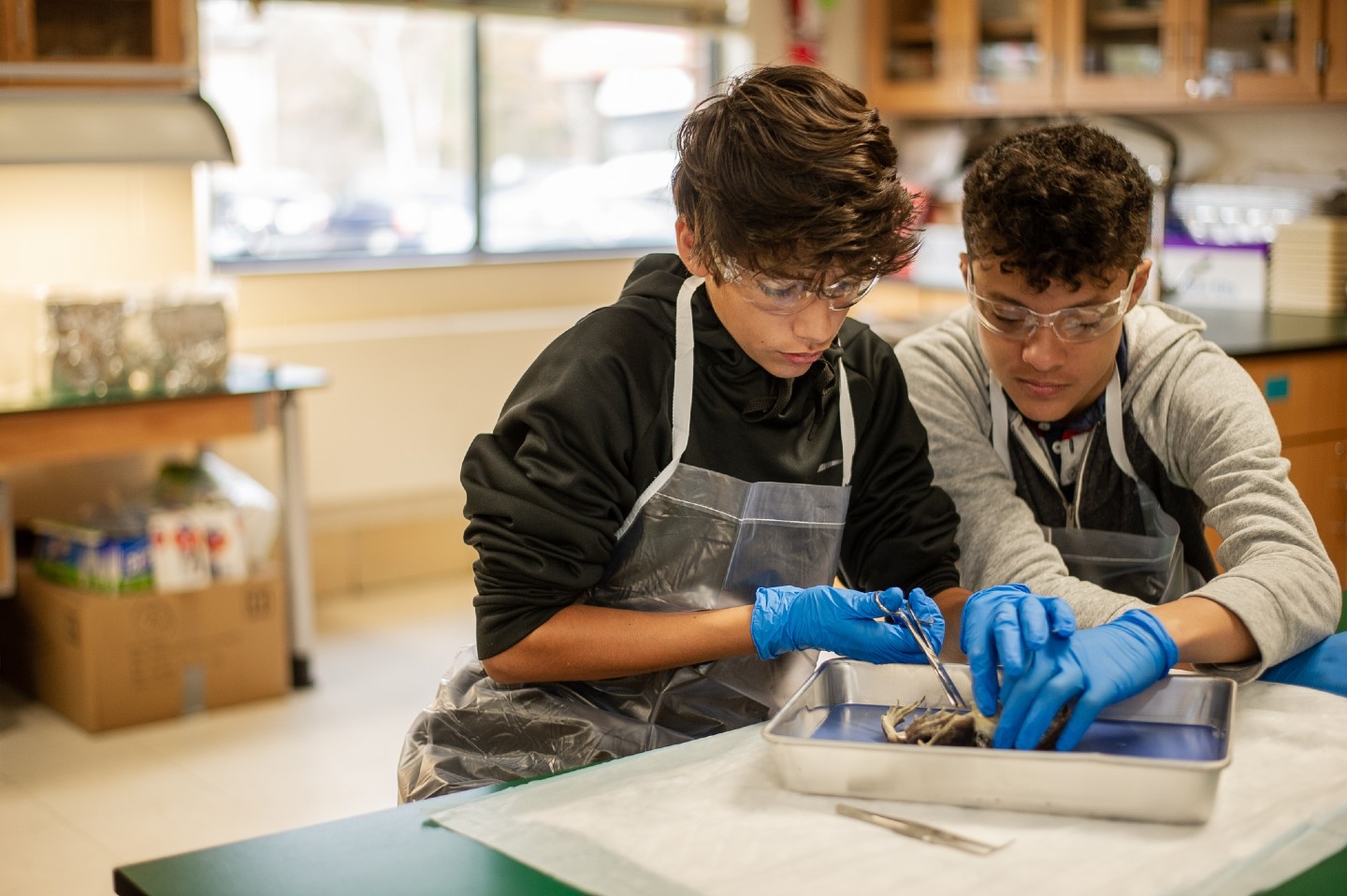Our guide includes specimen suggestions based on grade level and specimen complexity, needed dissection and safety supplies, and options for instructional materials.
Choosing Your Specimen
The simple chart below will help you decide which preserved specimens would be right for your classroom. To effectively use the grid, consider the experience level of your students and goals of the lab. Specimens with beginner-level complexity are great for introducing dissection and require minimal cutting. Advanced specimens, on the other hand, require more skill and background knowledge. The choices of specimens are then divided based on grade level.
| Beginner | Intermediate | Advanced | |
| Elementary School | Earthworm | Grasshopper | Crayfish |
| Middle School | Starfish, Squid | Perch | Frogs / Bullfrogs |
| High School | Organs | Rats | Pigs, Dogfish Shark |
Once you select a specimen, there are several other factors to consider. For example, you can choose from specimens preserved in formalin or in Carolina’s Perfect Solution®, our proprietary, non-toxic formalin alternative. In addition, we offer various sizes, latex injections, and package types. Learn more about your options at the links below:
Sizing Tip: If students are working in groups rather than pairs, purchase larger specimens. They are easier to observe and the cost increase is minimal.
*Please note that various specimens can be used in numerous courses at many different levels. These are only our recommendations. In addition, the grid does not include all preserved specimens that Carolina offers. To explore all of Carolina’s preserved specimens, go to www.carolina.com/preserved.
Dissection Specimens

Earthworms
Dissecting preserved earthworms is a great introductory dissection for students. They can explore simple body systems while building key dissecting skills. Although these annelids, or segmented worms, are one of the simpler preserved invertebrates, the digestive, circulatory, reproductive and nervous systems are well developed and easy to identify.
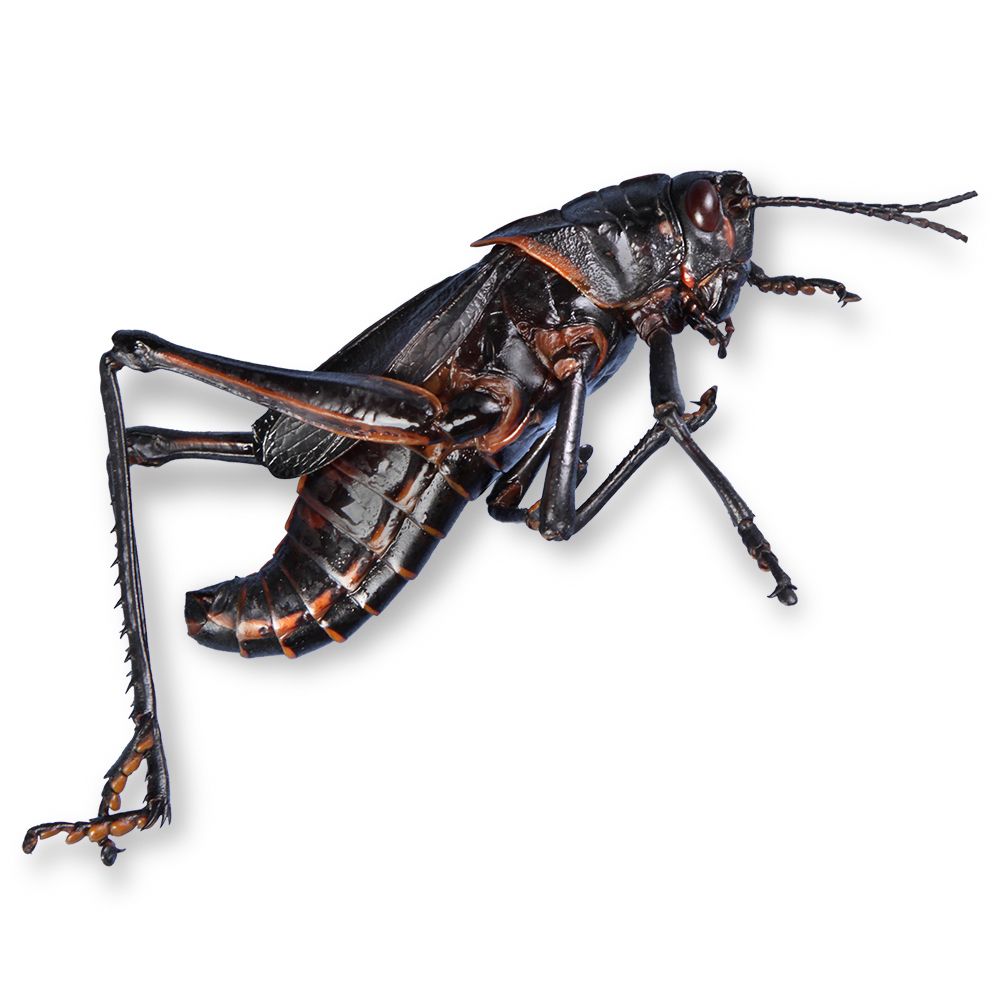
Grasshoppers
Enhance your lesson about insects, one of the most diverse groups of species, by dissecting preserved grasshoppers. The large size of these specimens allows students to easily identify specialized external and internal characteristics, such as the jointed appendages and spiracles. Also, cover topics such as behavior and adaption with this simple dissection.
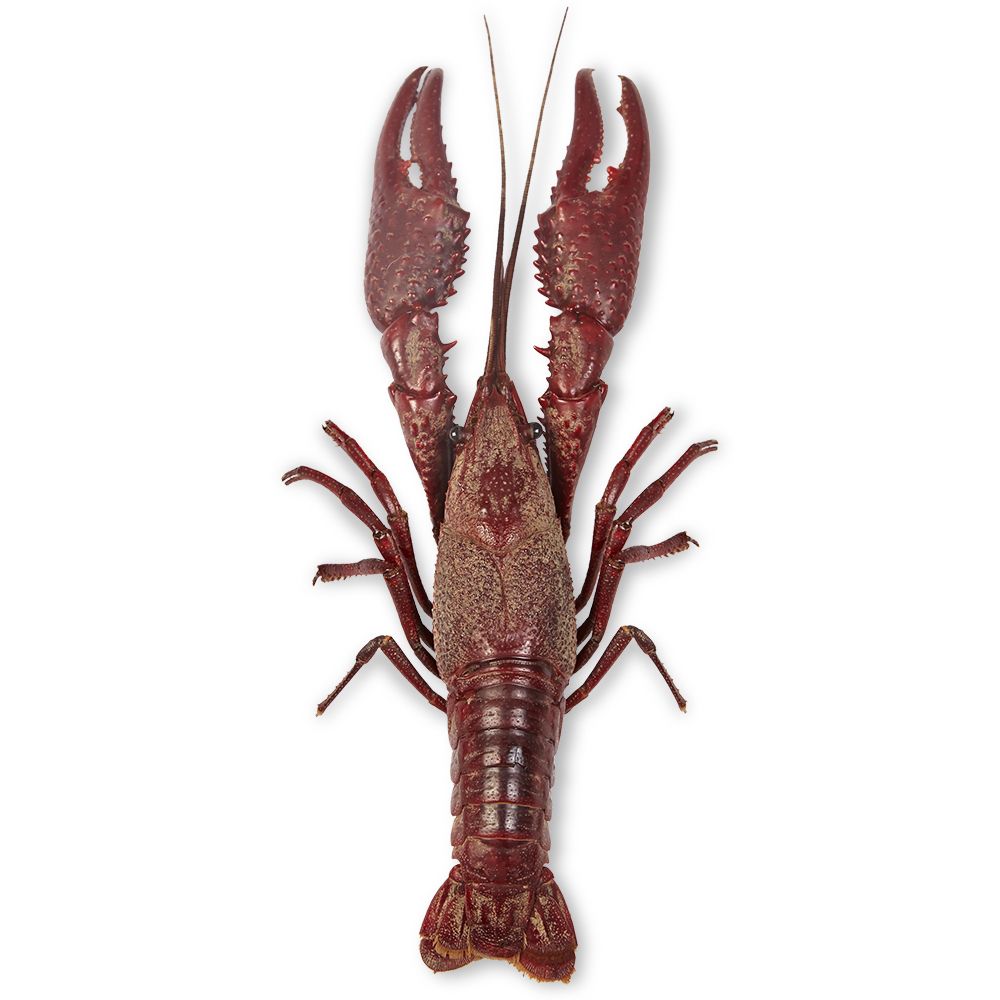
Crayfish
Preserved crayfish are popular invertebrate dissection specimens that have the distinctive characteristics of crustaceans, a class of arthropods. They possess two pairs of antennae and highly specialized appendages, which include walking legs and mouthparts. Students can easily see how structure relates to function as they examine each type of appendage as well as the organs of the respiratory, digestive, and open circulatory systems.
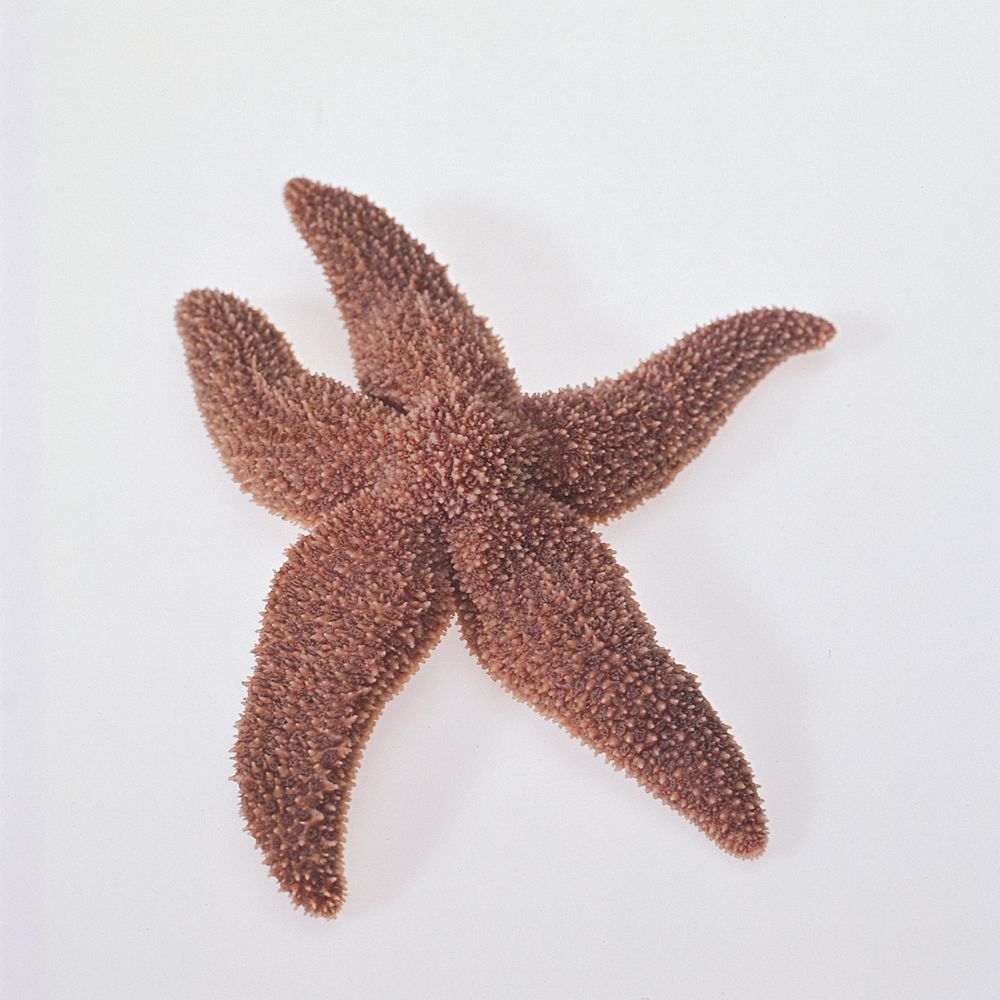
Starfish
Dissecting preserved starfish is a simple, engaging activity for introductory dissectors. Students observe the distinctive characteristics of echinoderms, including radial symmetry and dermal spines. Digestive, reproductive, and water vascular system structures are easily identifiable. This economical, marine invertebrate also lets you introduce and discuss the adaptive advantage of regeneration.
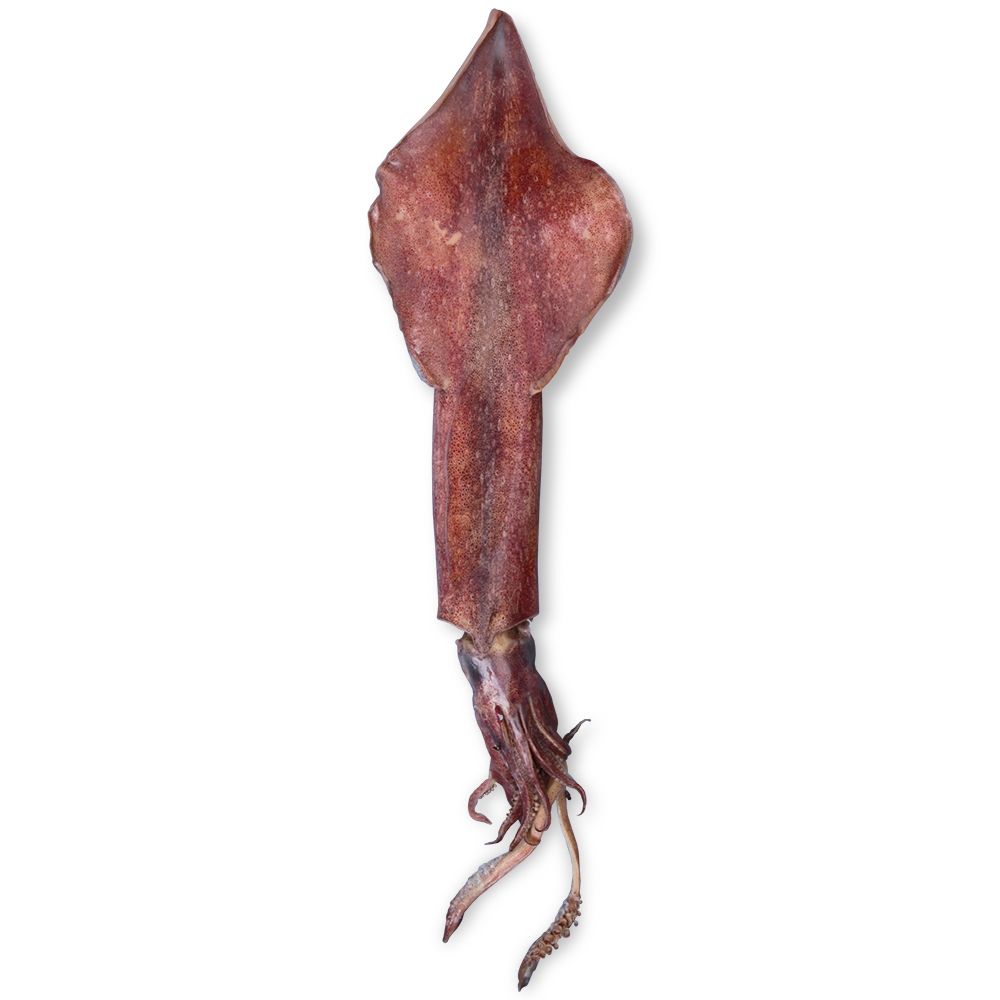
Squid
Dissecting preserved starfish is a simple, engaging activity for introductory dissectors. Students observe the distinctive characteristics of echinoderms, including radial symmetry and dermal spines. Digestive, reproductive, and water vascular system structures are easily identifiable. This economical, marine invertebrate also lets you introduce and discuss the adaptive advantage of regeneration.
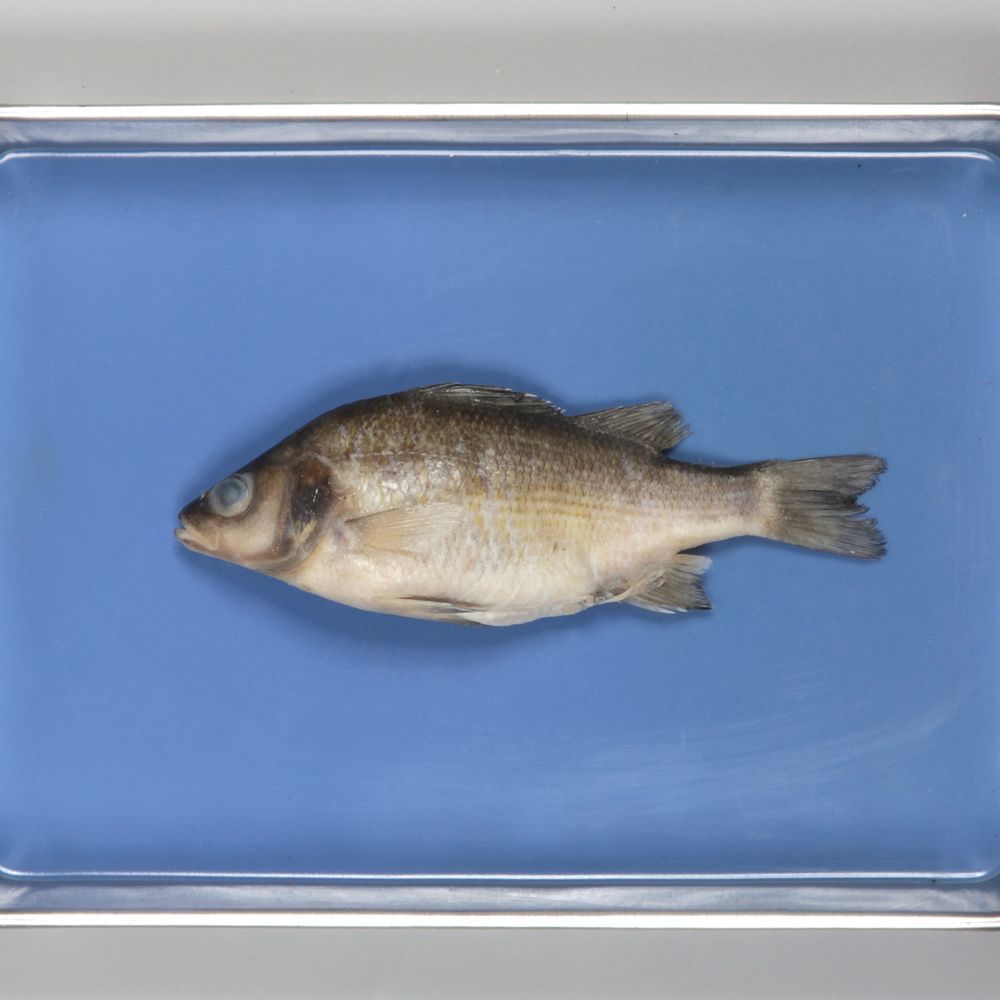
Perch
Dissect preserved perch to teach the general anatomy of the largest vertebrate class, Osteichthyes, or the bony fish. While most students are familiar with the basic external anatomy of fish, the function of specialized anatomical structures, such as the operculum and swim bladder, provide a great way to study regulation and behavior.
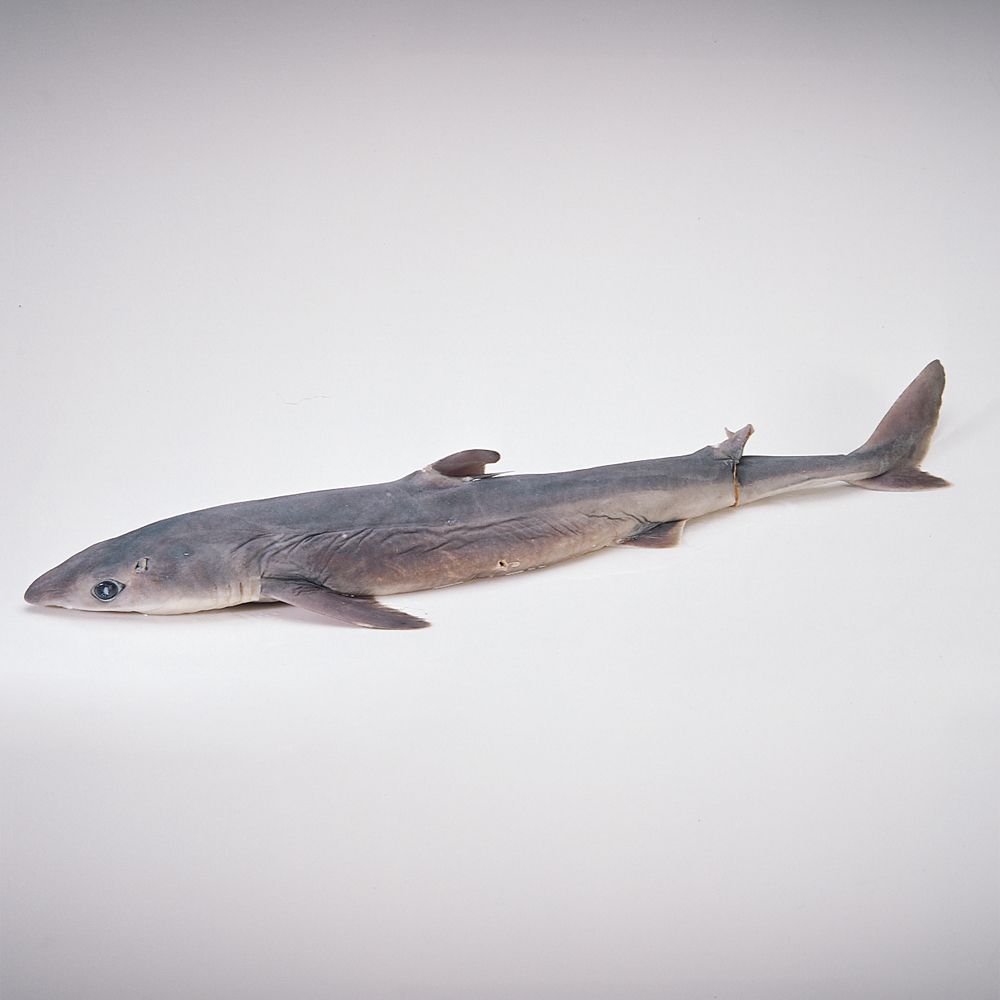
Dogfish Sharks
Dogfish shark dissection familiarizes students with the anatomy of cartilaginous fish, the most primitive jawed vertebrates. Preserved dogfish are large, mature specimens, so they are ideal for students working in pairs or small groups. This dissection is popular in comparative and vertebrate anatomy courses. Students can explore adaptations and the evolutionary links between the shark and lower- and higher-level species.
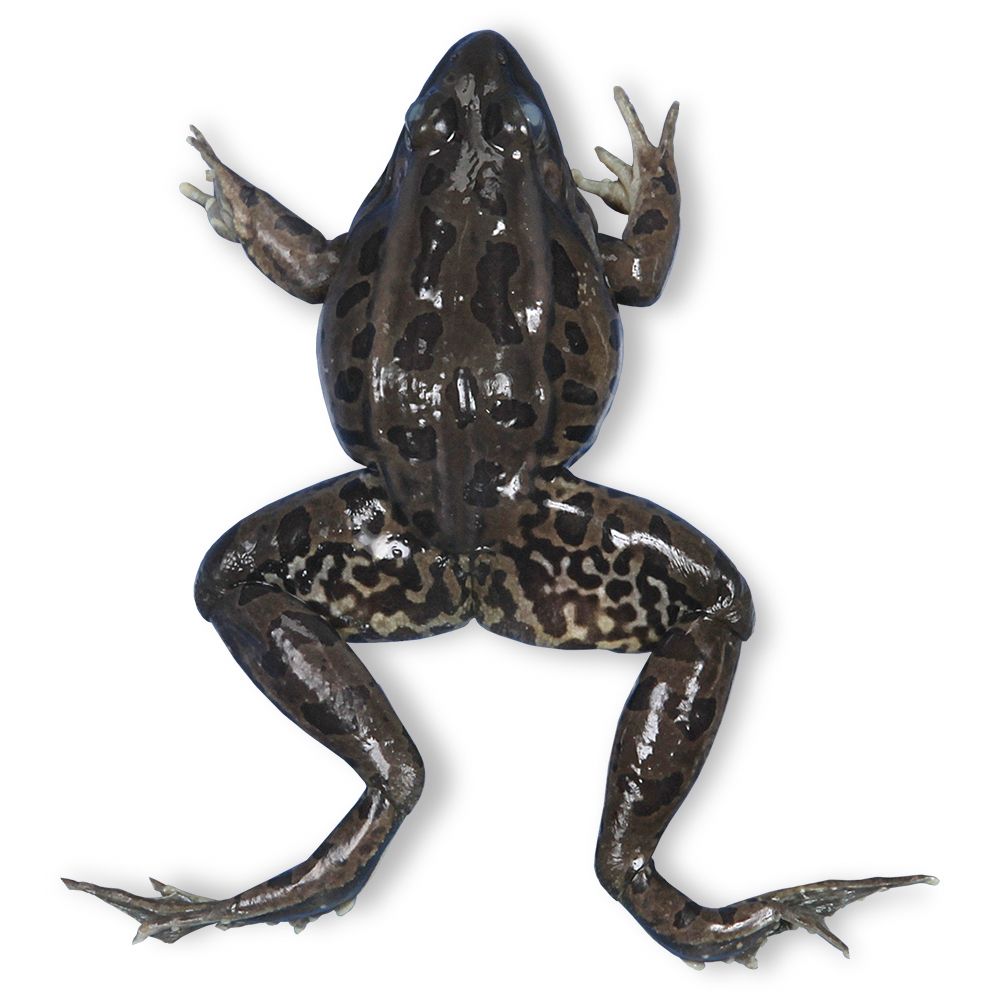
Frogs and Bullfrogs
Dissecting preserved frogs or bullfrogs is an engaging introduction to vertebrate anatomy and mature amphibian body systems. The dissection is simple, only requiring dissecting scissors. Exploring the external anatomy and discussing adaptations is just as interesting as the internal investigation. These specimens are also easier to handle and more economical than other popular vertebrates.
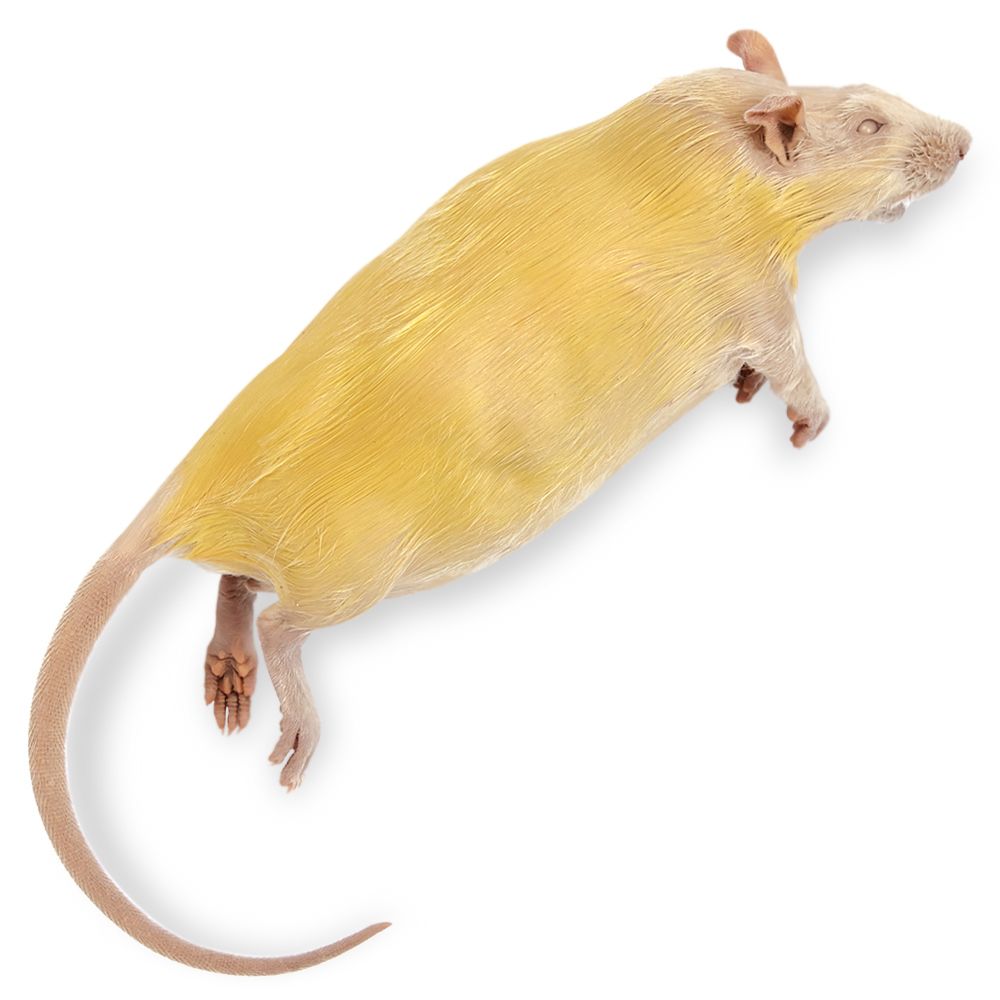
Rats
Preserved rat dissection is an exciting way to introduce students to mammalian anatomy. These specimens are smaller and more economical than other preserved mammals. In addition, they are fully developed adults with mature organs and organ systems, making them ideal for studying structural and reproductive anatomy.
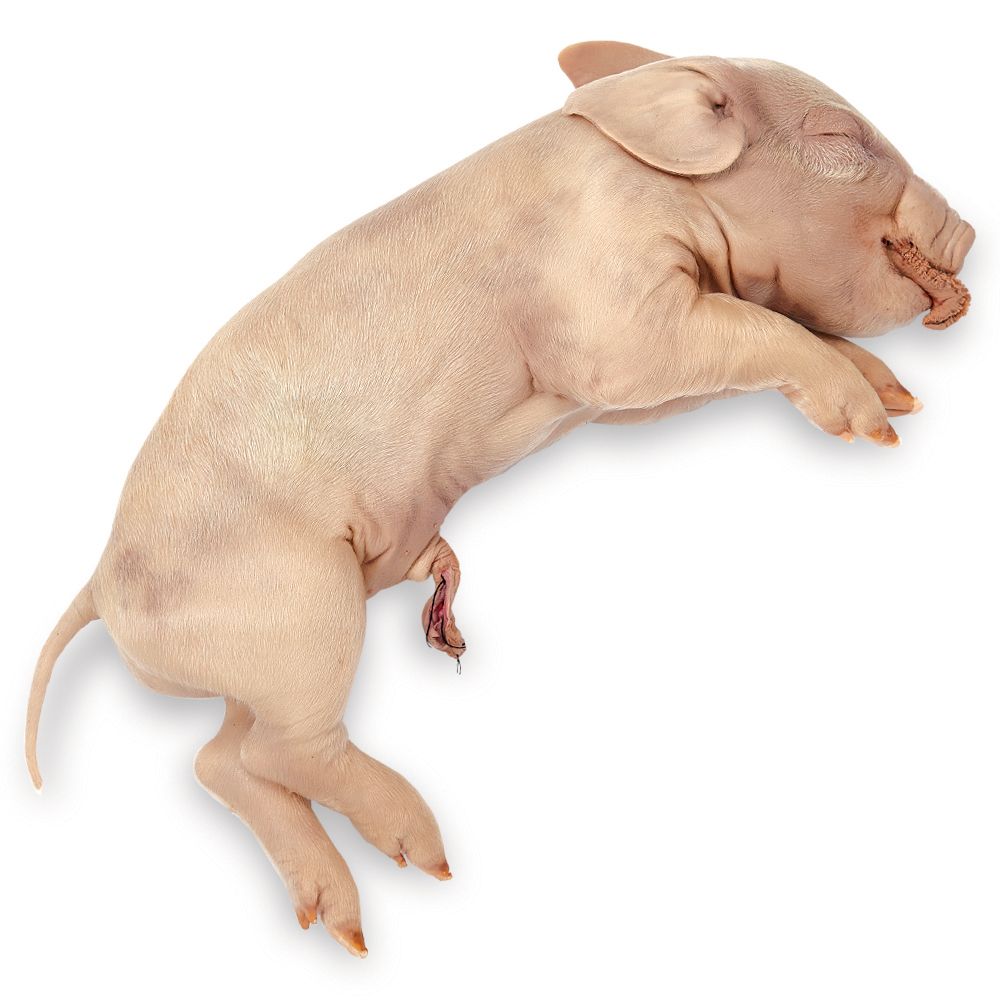
Pigs
Preserved fetal pigs are ideal specimens for teaching mammalian anatomy. Although they are immature, the body systems are easily identifiable and very similar to humans. Their large size allows students to easily identify structures and makes them suitable for group dissection.
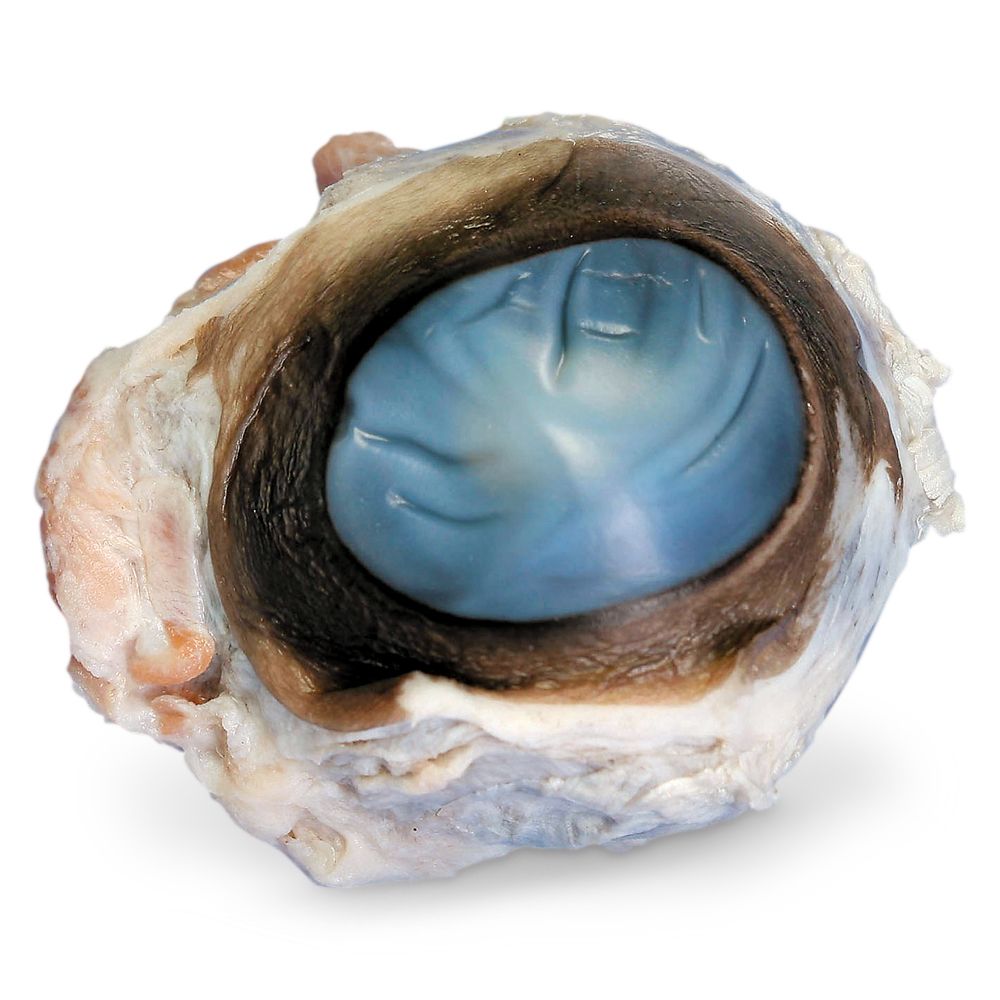
Organs
Dissecting preserved organs enhance your lessons on individual organ systems. For example, use preserved kidneys to explain functions of the excretory system or preserved hearts to illustrate blood flow through the central organ of the cardiovascular system. Students also gain an understanding of the tissue types and structures of each organ. Carolina offers an array of sheep, pig, and cow organs, including eyes, hearts, kidneys, and brains. Cow organs are much larger than sheep and pig organs, making them ideal for large group or demonstration dissections.
Dissection Supplies
Each dissection group or pair will need a dissection pan and dissection tools. We recommend the durable aluminum dissecting pan with removable vinyl pad for all of the above specimens other than the shark, which requires the large animal dissection tray. For individual dissection instrument recommendations based on your specimen choice, refer to the chart below. You may also consider purchasing dissecting sets. The student dissecting set is perfect for beginners while the intermediate dissecting set is ideal for more advanced labs. If you are planning to dissect your specimens over an extended period, make sure to buy Carolina’s Wetting Solution. It inhibits mold growth while keeping specimens moist and pliable. If you purchase pail-packed specimens, you may also need extra ready-to-use holding fluid: Carolina’s Perfect Solution® or Carosafe® for formalin-preserved specimens. Carolina offers a full range of economical, dependable dissection supplies for all educational levels. Explore them all here.
| Specimen | Scissors | Forceps | Scalpel | Dissecting Pins | Probe | Dissecting Pins |
| Earthworms | ||||||
| Grasshoppers | ||||||
| Crayfish | ||||||
| Starfish | ||||||
| Squid | ||||||
| Perch | ||||||
| Frogs/Bullfrogs | ||||||
| Rats | ||||||
| Dogfish Sharks | ||||||
| Pigs | ||||||
| Hearts | ||||||
| Brains | ||||||
| Kidneys | ||||||
| Eyes |
![]() =required
=required ![]() =recommended * =can also use plastic knife ** =only required for 14″+ pigs
=recommended * =can also use plastic knife ** =only required for 14″+ pigs
Safety Supplies
Appropriate personal protective equipment (PPE), such as hand and eye protection, are required for a safe, well-managed dissection. We recommend disposable nitrile or polyvinyl gloves. Both are latex-free and chemical-resistant. Safety glasses or goggles should be worn during dissection. The Carolina Safety Spectacles™ and Carolina™ Adjustable Safety Glasses are teacher favorites. Our indirect-vent goggles, and ventless goggles are also popular choices for students with prescription eyeglasses or contacts. To protect clothing during dissections, aprons are recommended. Our transparent vinyl aprons are waterproof, chemical-resistant and reusable. Disposable economy aprons are also sufficient. Learn more about selecting the PPE that is right for your students with this resource.
Explore our full line of safety equipment and supplies.
Instructional Materials
Carolina™ dissection mats and flip charts were designed as easy-to-follow resources that allow students to self-guide their dissection and identify anatomical characteristics on their own. These economical guides feature step-by-step instructions and labelled, color photographs. They are reusable and ideal for small groups or pairs. For more advanced dissection guides that are best for individual study, choose from our selection of dissection manuals.
Browse all our dissection resources.

